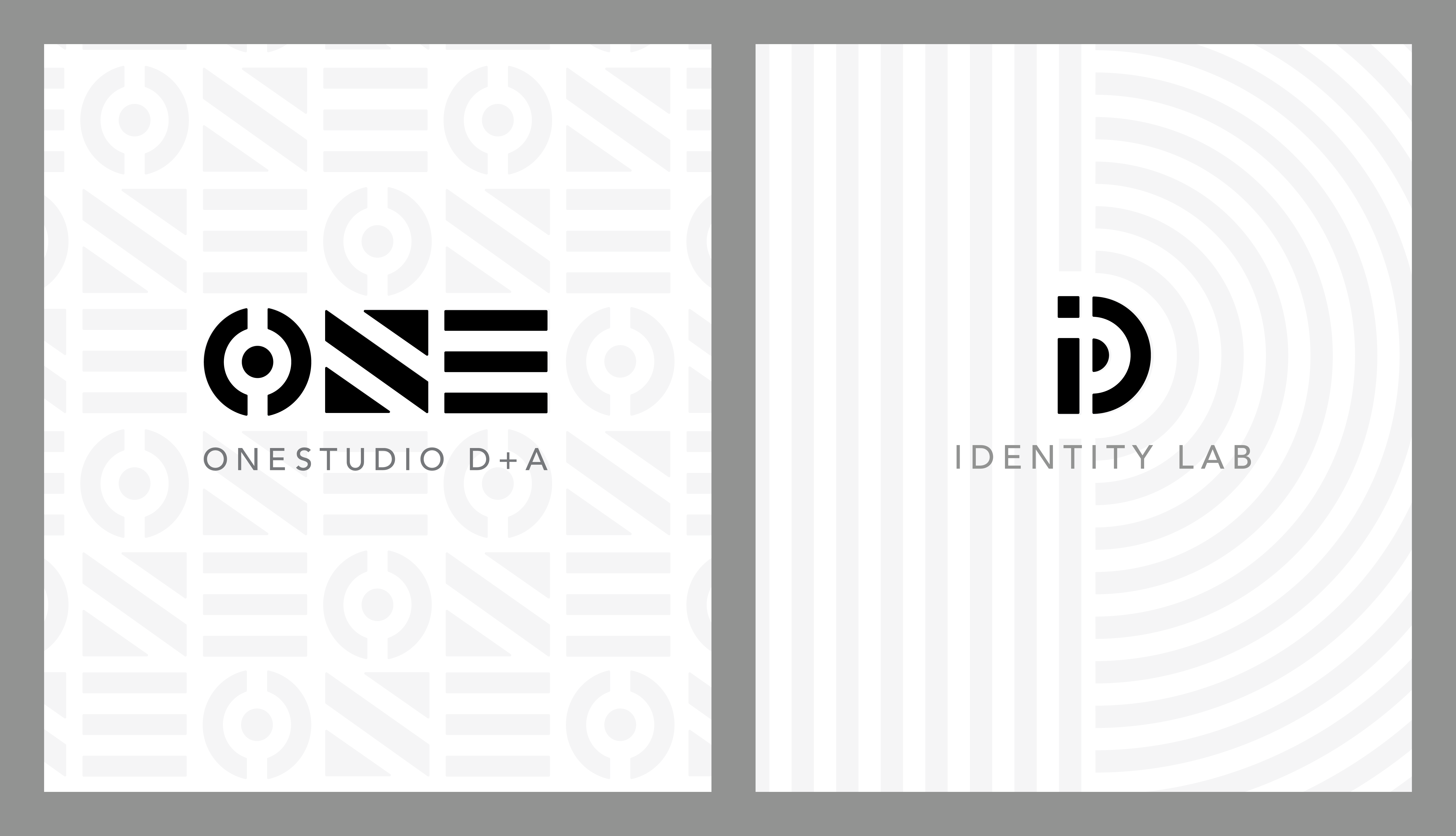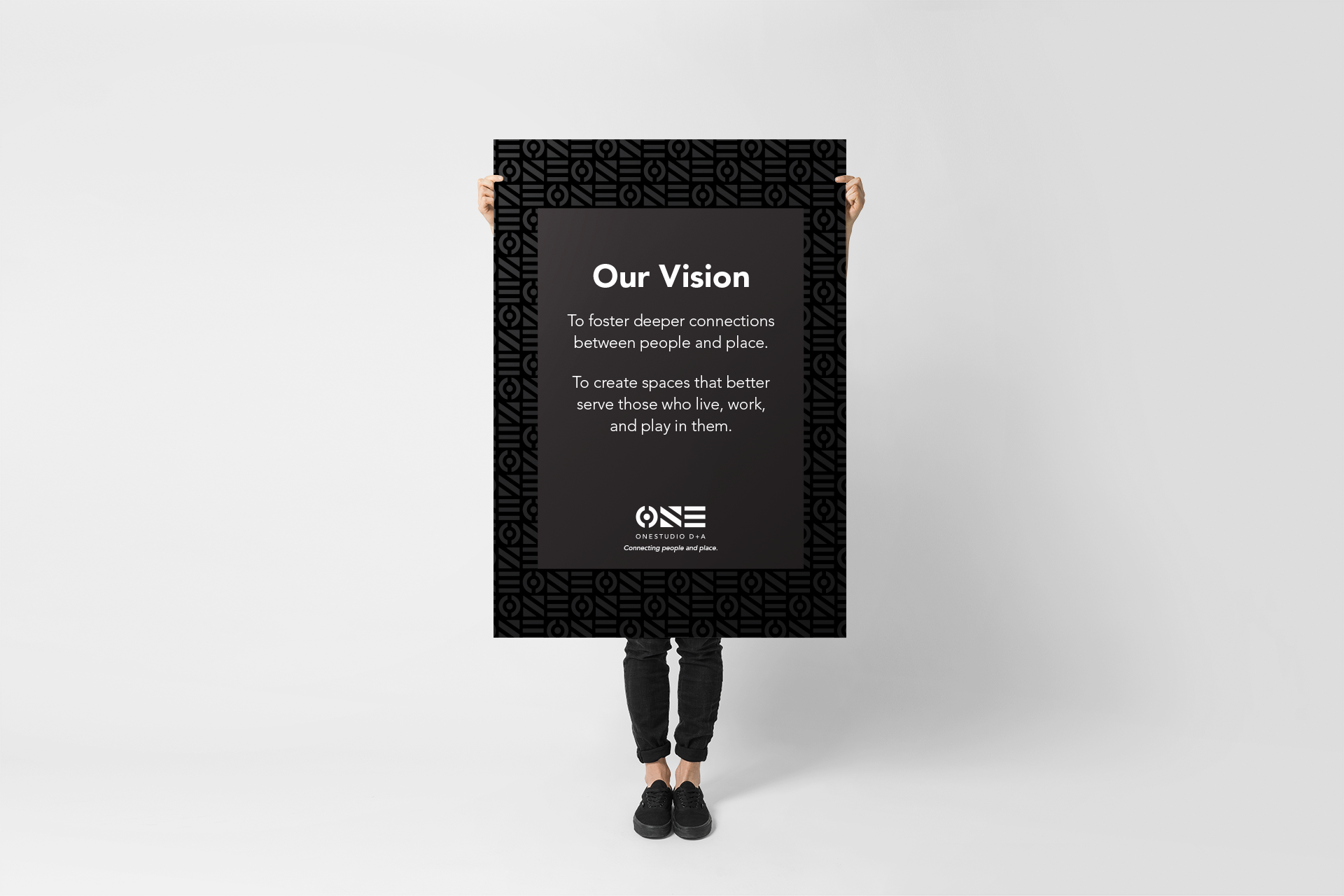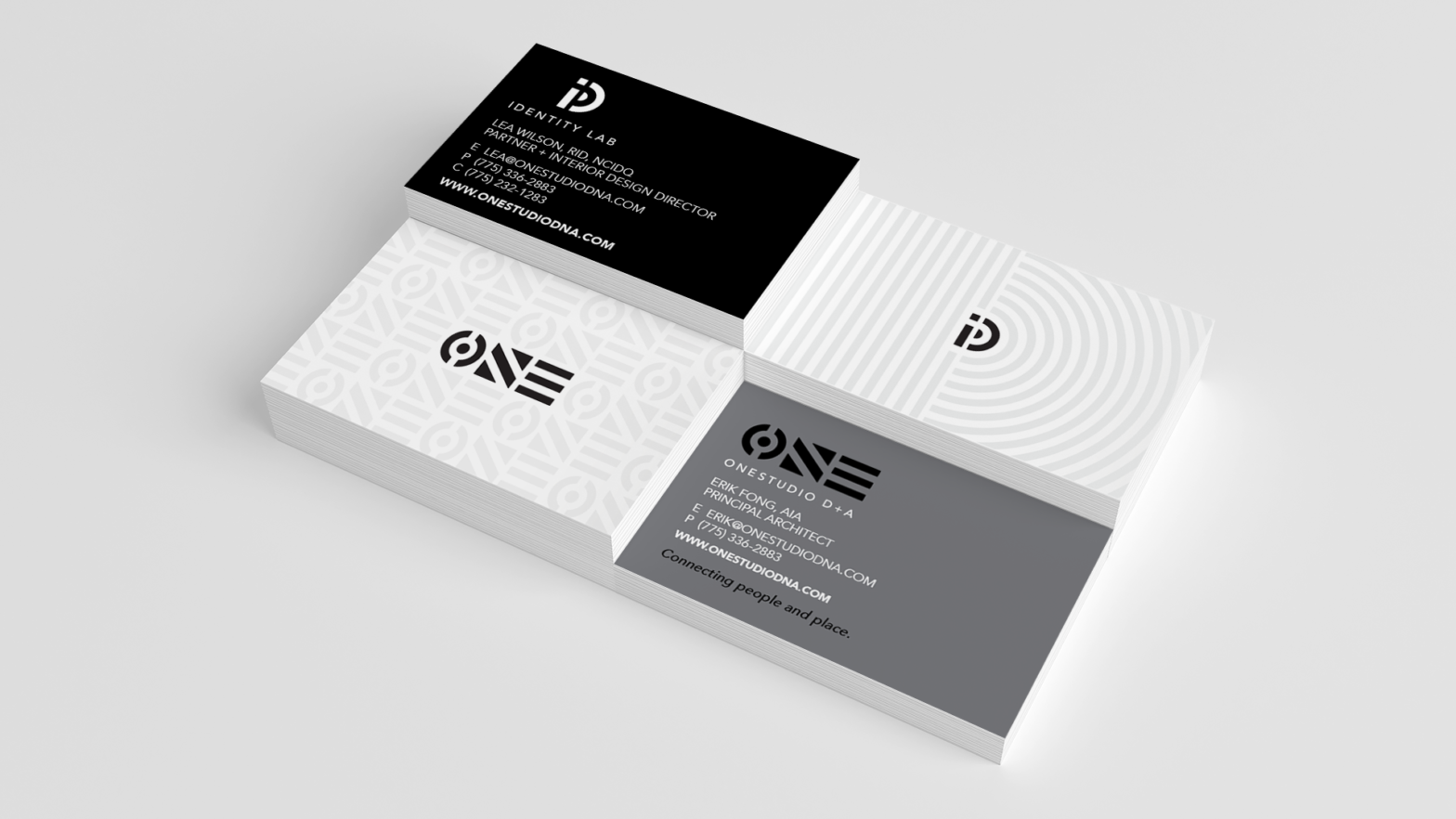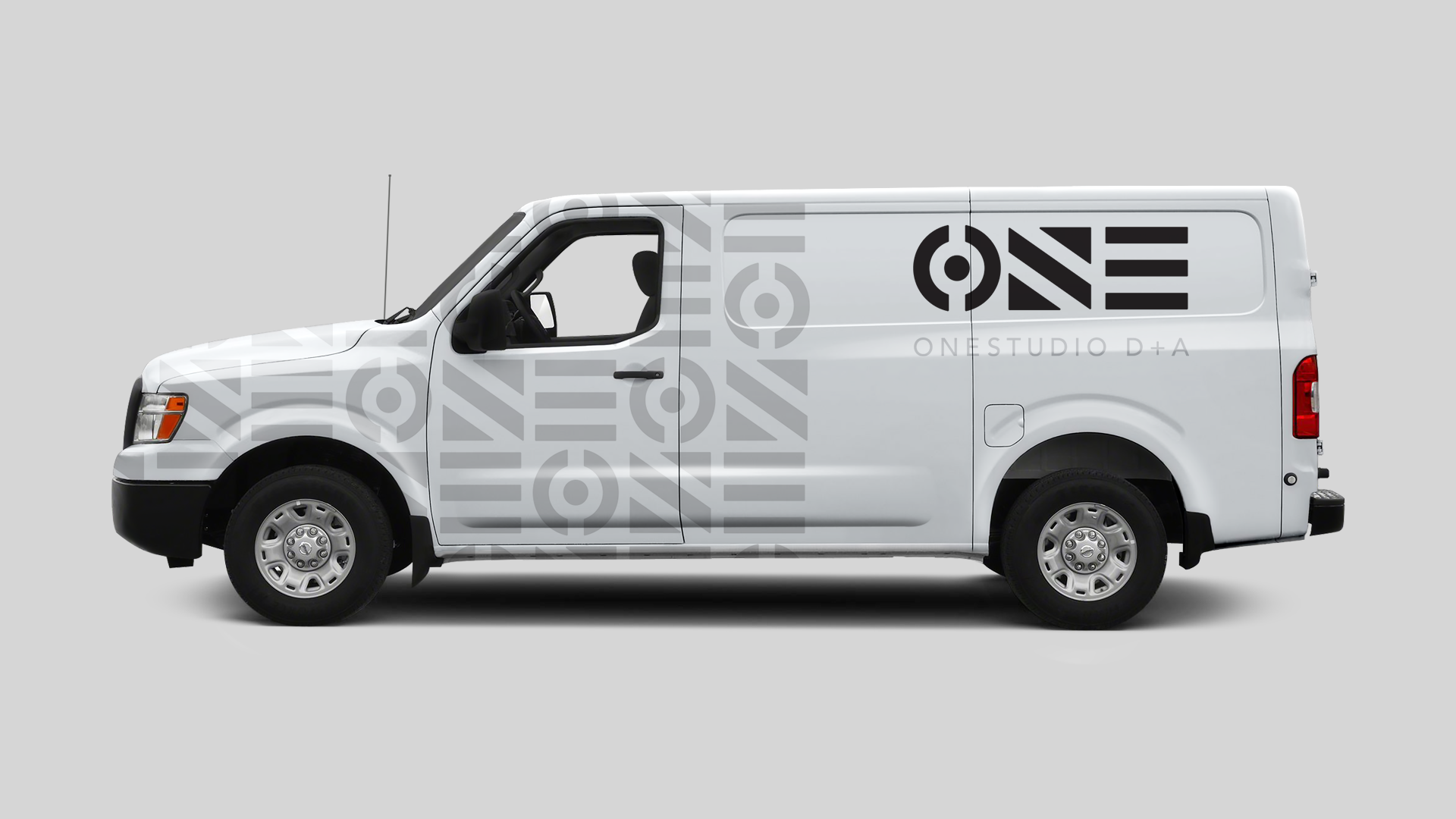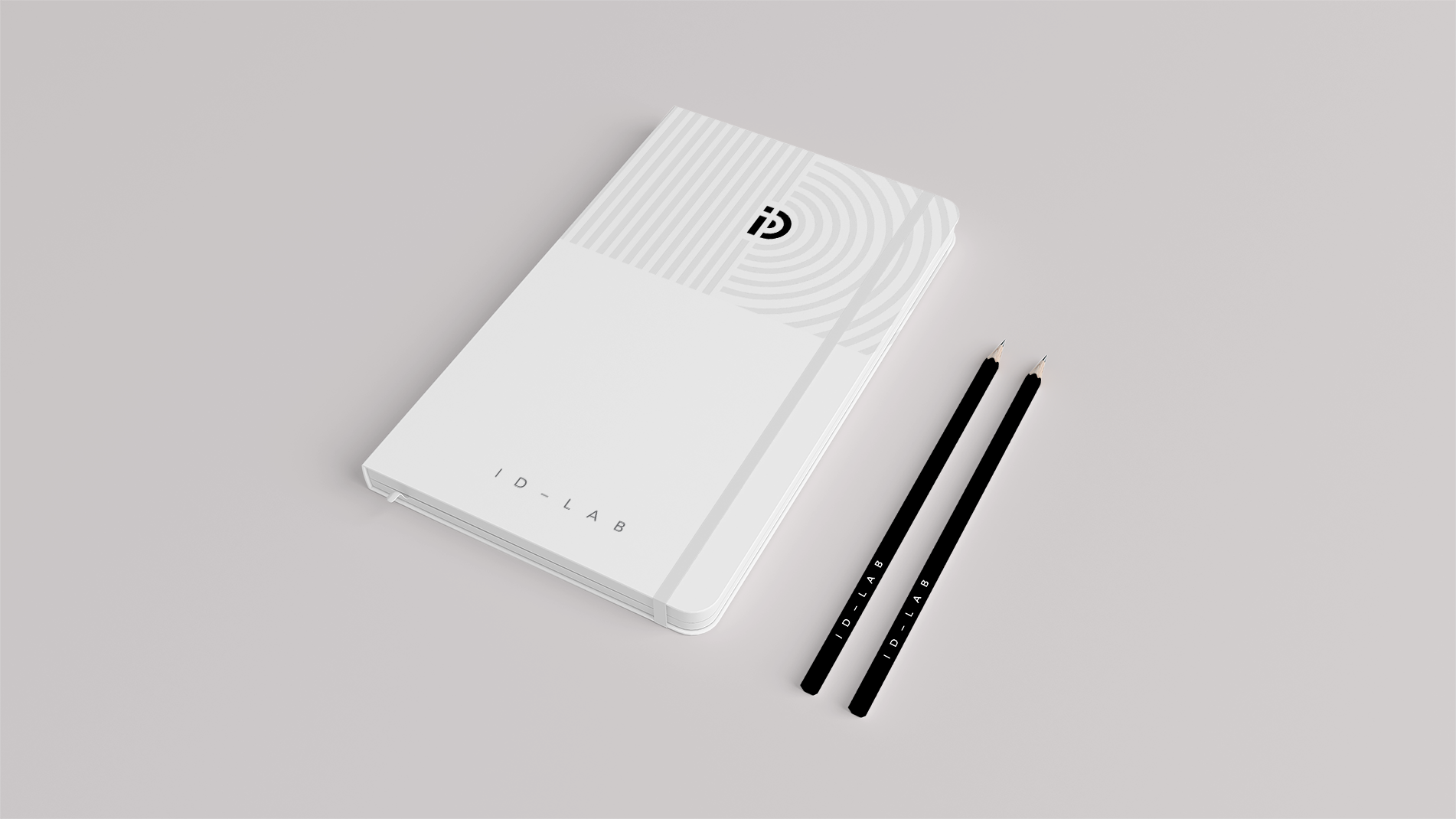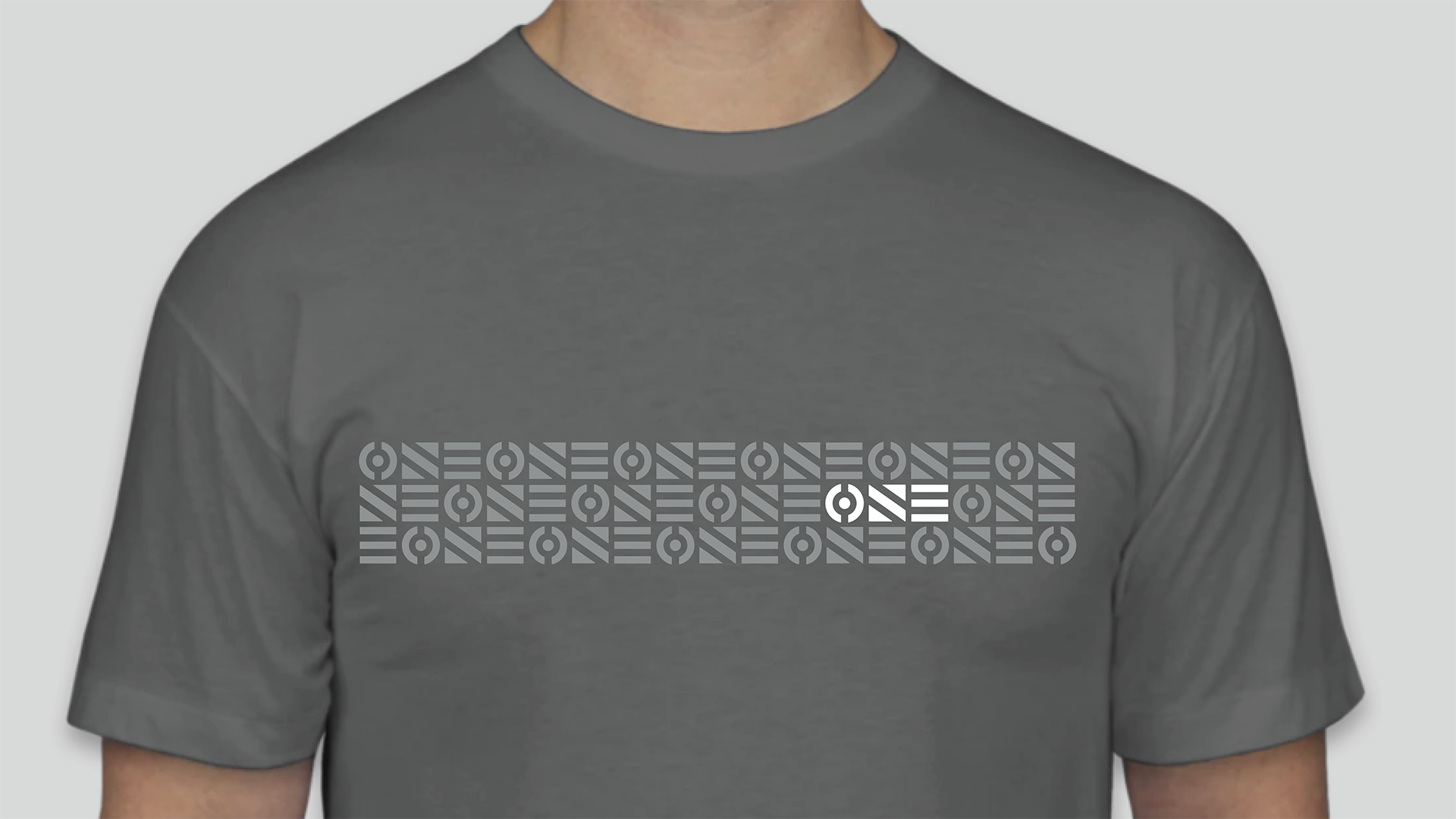Background: OneStudio D+A, formerly MBA Architects and Interiors, is the Northern Nevada region’s leading architecture and interior design firm. Since the firm was established in 1983, they’ve built a reputation for creating award-winning and dynamic spaces while amassing a large portfolio of projects. The firm has designed a number of award-winning buildings and spaces locally and across the country, including the Vintner’s Inn Spa in Santa Rosa, Mesa Rim Climbing and Fitness Center in Reno, Silver Legacy Spa, and the Hard Rock Casino and Hotel in South Lake Tahoe.
Objectives: The MBA brand had a few problems to be solved, the first being the name itself. The letters “MBA” stood for partners who hadn’t been with the firm for years, which meant the brand had lost much of its meaning and ownership. Additionally, the company’s current partners were restructuring the firm leadership and appointing three key staff members to new partnership positions. They needed a brand that wasn’t tied to any particular individuals but encompassed their unified team approach now and into the future. It was also important to create a sub-brand for their Interior Design division, Identity Design Lab, that could stand alone as well as being easily integrated into business proposals and work flow.
Secondly, the MBA brand was no longer visually representative of the quality of the firm’s product. The firm had gained a reputation for award-winning work that was imaginative, inclusive, and interesting. They truly were pushing the envelope in designing the spaces in which we work, play, and live. Compared to their work, the company’s logo felt outdated and tried to do too much without actually communicating the firm’s unique approach to design.
As part of our insightOUT™ Brand Development process, we poured over dozens of pages from notes and hours of meetings recordings to distill everything into the key insights that would form a new brand. In that process we learned a lot of things:
- The firm values collaboration, not just amongst each other, but with clients and third party contractors.
- They stress the importance of architecture and interior design working together towards a common goal.
- The team forms deep understandings of the purpose and people behind each project. They call this “finding the ‘why?’”
We distilled everything we learned from our brand discovery process and came to the conclusion that connection is the single most important aspect of the OneStudio D+A brand. It’s apparent in the team’s penchant for constant collaboration, always coming together towards a common goal. It shows in OneStudio D+A’s process of combining architecture, interiors, and other disciplines of design to achieve the best results. When OneStudio D+A asks “why?” at the start of projects, they are establishing a deeper connection to their client’s vision. And by doing that, they’re taking the first step in designing spaces that better connect with the people who will use them, which in turn creates more connected communities wherever their company goes. When the client suggested the names OneStudio D+A and Identity Design Lab it was an easy decision to march forward with them.
